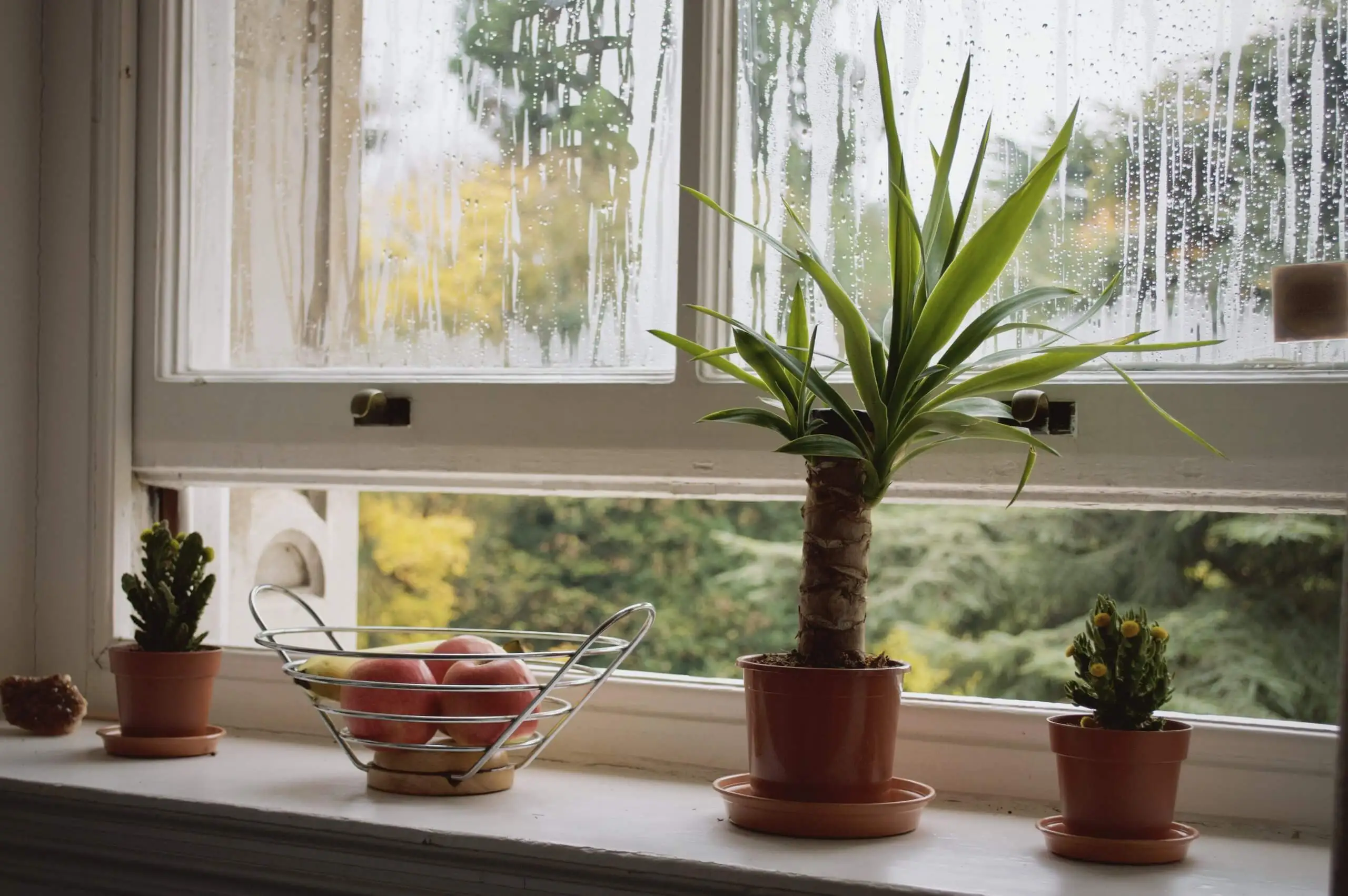
Most people can think of a time in their life where they were in an area that was very humid. For most people, this takes place in summer when there’s so much water in the air that it can form droplets on the skin, which isn’t great for sleep!
However, in home environments, there are many things, such as running water and poor insulation, that can heighten humidity levels, which can make your home a bit stickier and harder to live in. So, aside from feeling a bit sweaty, what are some of the other reasons to aim to control humidity levels in your home?
Health
You want your home to be a healthy space, and, as such, proper humidity levels that are controlled by a thermostat with humidity monitoring are essential for maintaining optimal health and comfort for your family. High humidity in the air can be the perfect breeding ground for mildew, as well as dust mites, leading to respiratory issues and allergies. As well as this, lower humidity levels can also cause dry skin and irritated eyes and exacerbate respiratory problems. So, by ensuring the proper humidity (between 30–50%), you can keep everyone happy and healthy.
Mold and Mildew
Excessive moisture in the air, if it’s left to its own devices, will inevitably contribute to the growth of mold and mildew due to condensation, especially on walls, ceilings, and around windows. These organisms not only cause unsightly brown and gray stains, as well as unpleasant odors, but they can also pose serious health risks, particularly to people with asthma and other respiratory conditions. By controlling humidity levels in your home, you can reduce the likelihood of mold and mildew growth, keep your walls and ceilings safe, and protect any potentially vulnerable people in your home.
Preservation of Belongings
Following on from mold and mildew, it’s worth considering the impact that high humidity will have on your personal belongings over a long period of time. Items such as clothing, photographs, books, and even soft furnishings can become susceptible to high levels of moisture in the air, potentially leading to rot and damage to the furniture in your home. By controlling the humidity and keeping it lower, you can ensure that all the items in your home will remain safe and will be preserved.
Energy Efficiency
Higher levels of humidity affect the perceived temperature in your home, which isn’t fun in the summer! By controlling humidity, you can enhance your home’s energy efficiency and reduce your cooling costs, such as air con usage in the summer. Controlling the humidity levels will make the air feel cooler, allowing you to set your thermostat at a higher temperature without sacrificing comfort.
Structural Integrity
As mentioned before, the ideal humidity in a home is between 30-50%. Remember that excessive moisture in the air can cause significant damage to a building’s structural components, such as the walls, ceilings, and of course, the wooden framing, which is especially susceptible to rot. Humidity levels that consistently hit over 50% in a home can lead to warping, rotting, and deterioration of building materials over time. By controlling the humidity in your home, you can save a fortune on costly repairs.
Leave a Reply